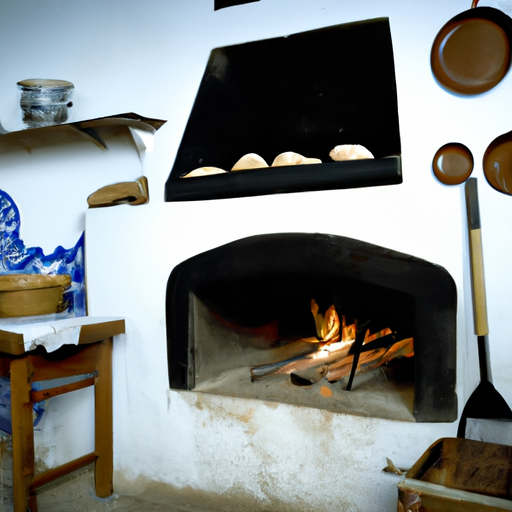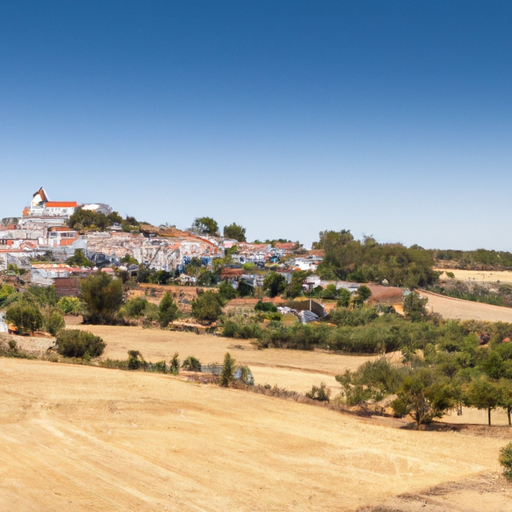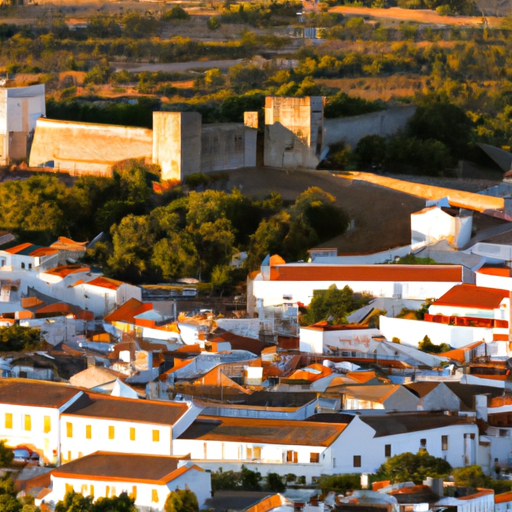Journey through Portugal's untouched Alentejo region, where ancient traditions and rustic charm await discovery. Medieval villages, cork forests, and family-run wineries paint a picture of authentic Portuguese life. Experience the warm hospitality and culinary heritage of this overlooked gem.

The Alentejo region stretches across nearly a third of Portugal, yet remains one of Europe's best-kept secrets. While tourists flock to the Algarve's beaches and Lisbon's historic streets, this vast landscape of rolling hills, cork forests, and whitewashed villages offers an authentic glimpse into the soul of Portugal.
The region's name, derived from the Portuguese words 'além' (beyond) and 'Tejo' (Tagus River), perfectly captures its position as a land beyond the ordinary. Here, time moves at a different pace, guided by ancient rhythms of agricultural life and centuries-old traditions that have remained largely unchanged.
At the heart of Alentejo's charm are its historic towns, each telling its own story through well-preserved architecture and local customs. Évora, a UNESCO World Heritage site, serves as the region's cultural capital. Its Roman temple, medieval walls, and Gothic cathedral stand as testament to over 2000 years of history. Yet it's the less-visited towns like Monsaraz, perched dramatically on a hilltop, that often leave the deepest impression on travelers.
The region's culinary heritage deserves special attention. Alentejo's gastronomy is deeply rooted in its agricultural tradition, with dishes that reflect the simplicity and ingenuity of rural life. Black pork from free-ranging Iberian pigs, bread soup enriched with local olive oil, and fresh sheep's cheese are just a few specialties that define the local table. The region's wines, once overlooked, now gain international recognition for their distinctive character and exceptional value.
One cannot speak of Alentejo without mentioning its cork forests. Portugal produces about half the world's cork supply, and much of it comes from here. These ancient montados (cork oak forests) create a unique ecosystem that supports diverse wildlife while providing the raw material for one of Portugal's most important exports. Visitors can take guided tours to learn about sustainable cork harvesting and the ecosystem's vital role in combating climate change.
The coastline of Alentejo offers a striking contrast to the region's interior. Unlike the developed beaches of the Algarve, this wild Atlantic coast remains largely untouched. Fishing villages like Porto Covo and Vila Nova de Milfontes provide access to dramatic cliffs, pristine beaches, and excellent seafood without the crowds found elsewhere.
Accommodation in Alentejo ranges from rustic guesthouses to luxurious pousadas housed in converted monasteries and castles. Many historic properties have been carefully restored to offer modern comforts while preserving their original character. The growing number of rural tourism projects allows visitors to experience farm life firsthand, participating in activities from olive harvesting to bread making.
The region's artistic heritage is equally compelling. Traditional crafts like pottery, tapestry weaving, and leather working continue to thrive in small workshops. In the town of São Pedro do Corval, visitors can watch potters at work and purchase pieces made using techniques passed down through generations. The distinctive Arraiolos carpets, hand-embroidered with wool on jute canvas, represent another enduring craft tradition.
For those interested in prehistory, Alentejo holds some of the Iberian Peninsula's most significant megalithic monuments. The Almendres Cromlech, near Évora, is the largest stone circle on the peninsula, while dozens of smaller sites dot the landscape, offering insights into the region's ancient past.
The best times to visit are spring and fall when temperatures are mild and the countryside bursts with color. Spring brings carpets of wildflowers and the excitement of new wine releases, while autumn offers harvest festivals and perfect conditions for hiking and cycling through the gentle landscape.
To truly appreciate Alentejo, visitors should embrace its unhurried pace. This is a place where long lunches are still the norm, where elderly villagers gather in town squares for animated conversations, and where traditional festivities mark the passing of seasons. It's a region that rewards slow travel and careful observation.
As sustainable tourism gains importance, Alentejo's approach to development serves as a model. The region has largely avoided mass tourism, focusing instead on preserving its natural and cultural heritage while welcoming visitors who appreciate its authentic character.



